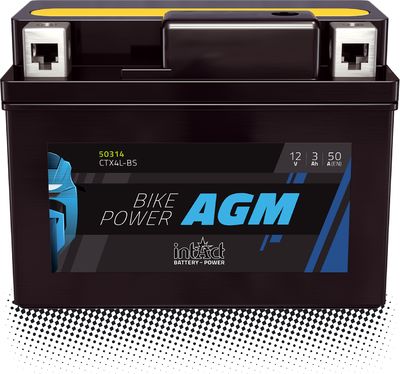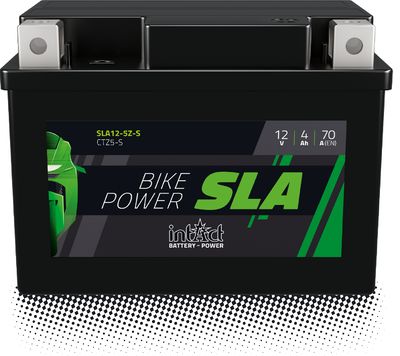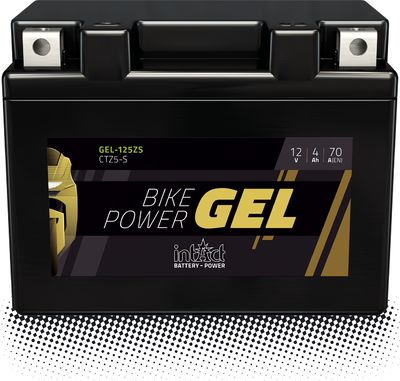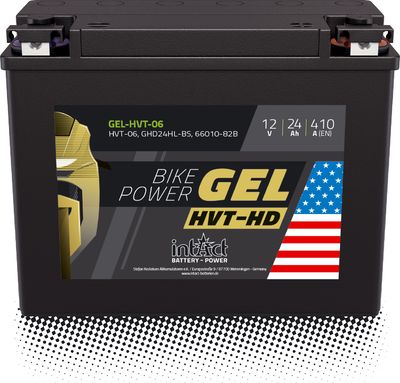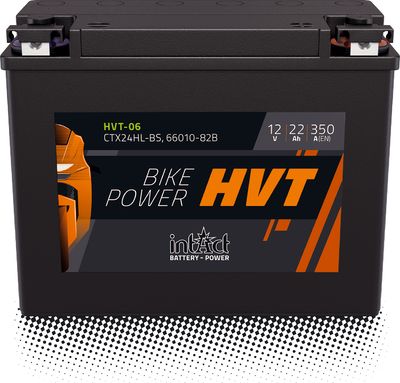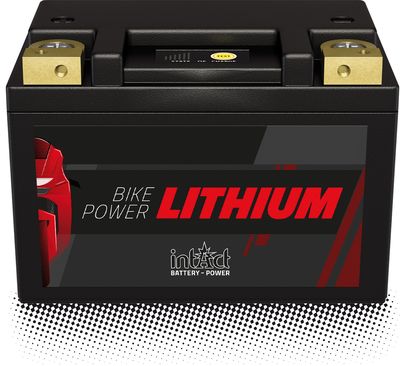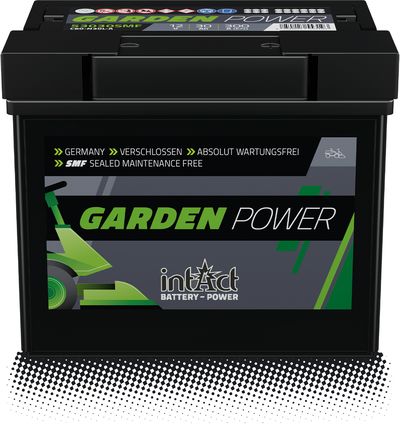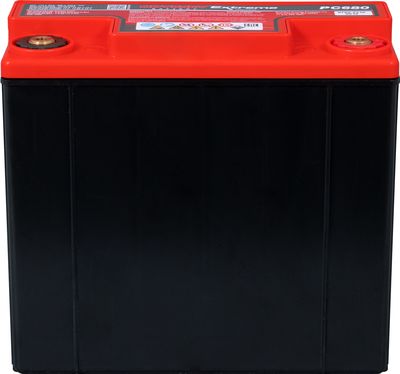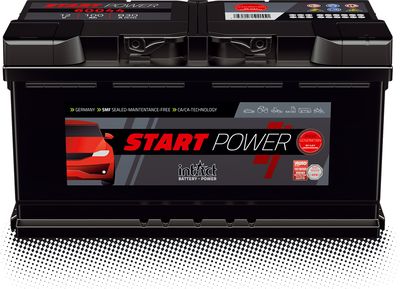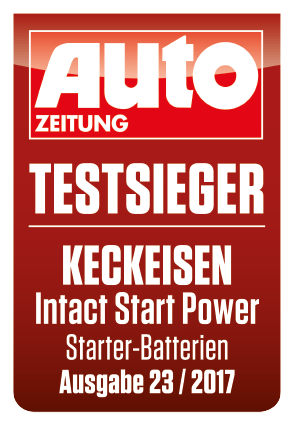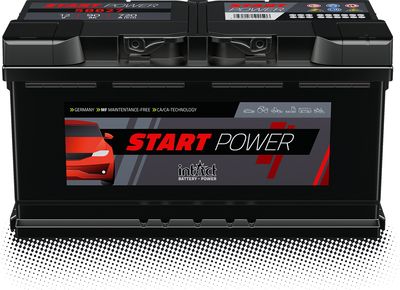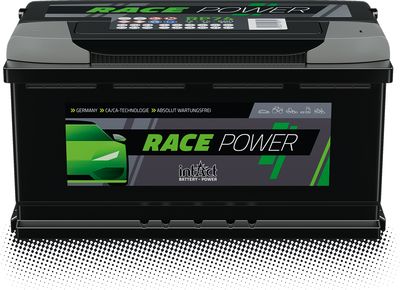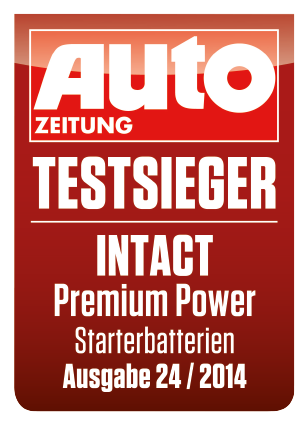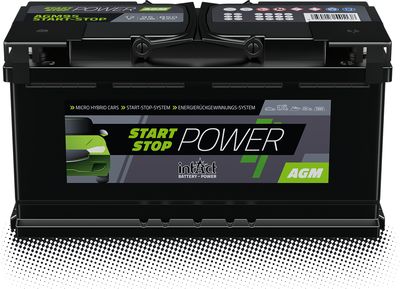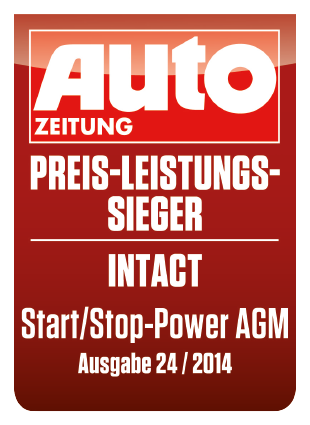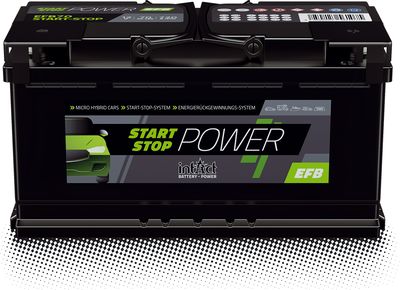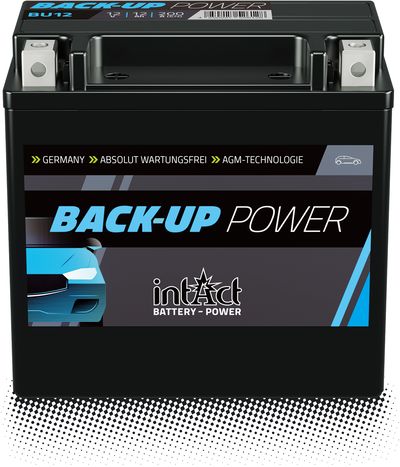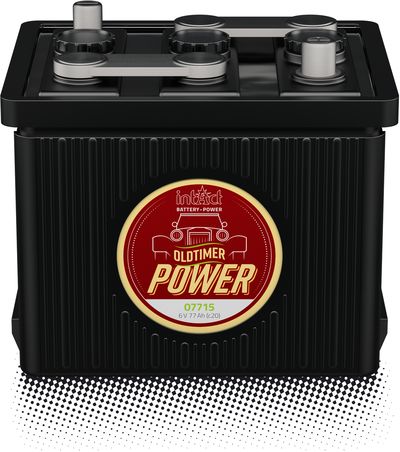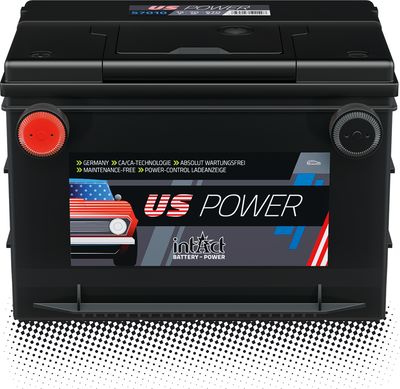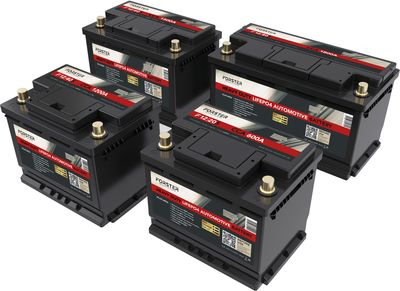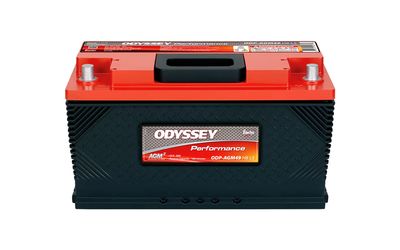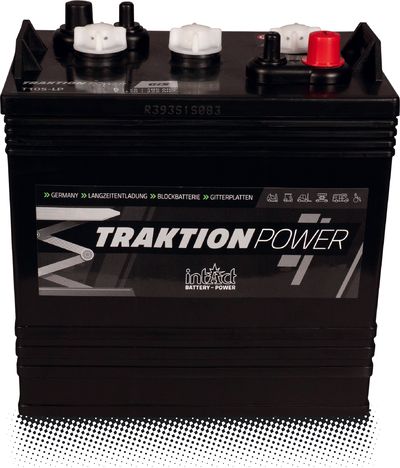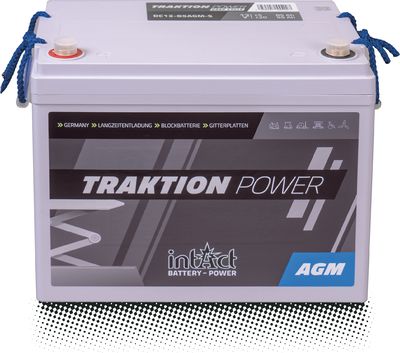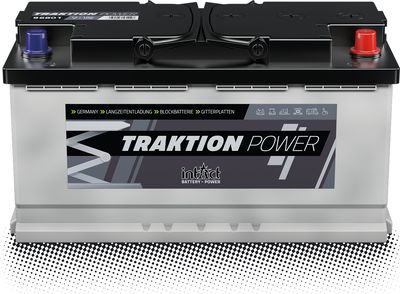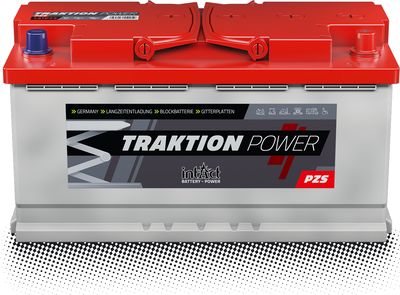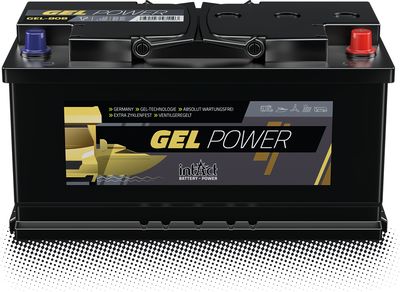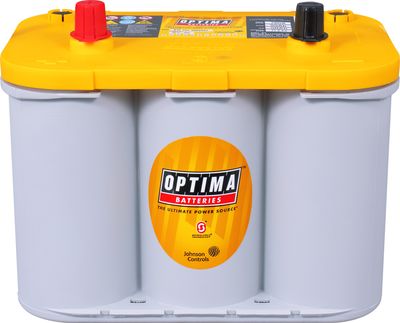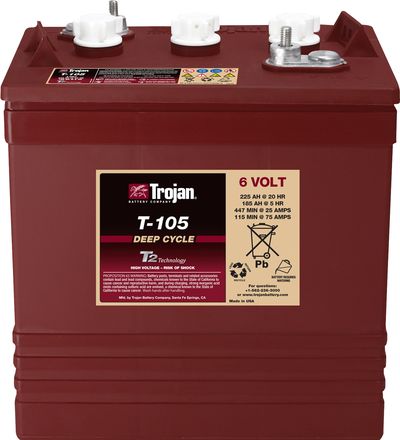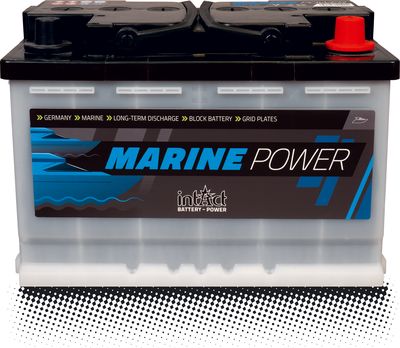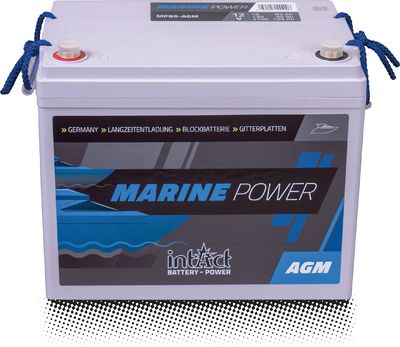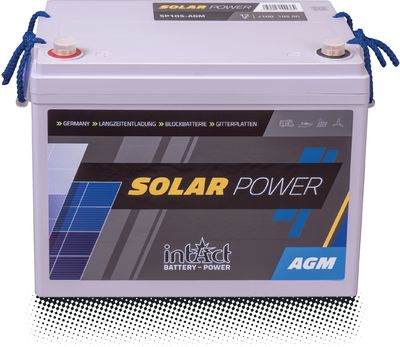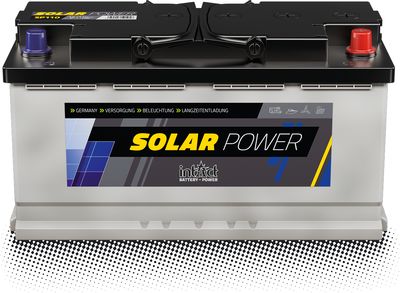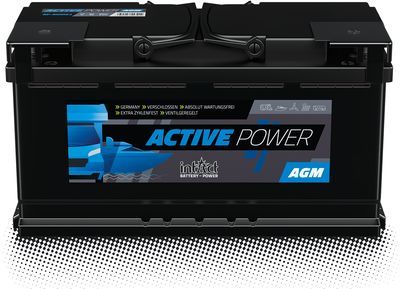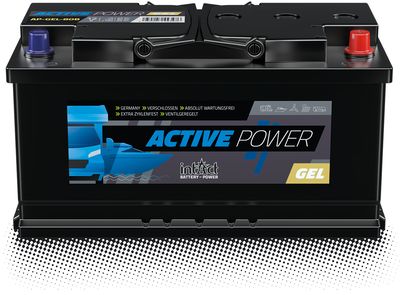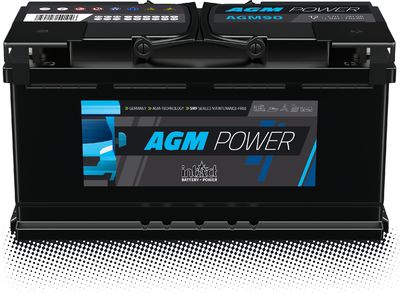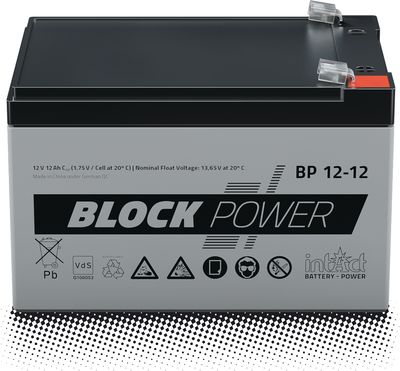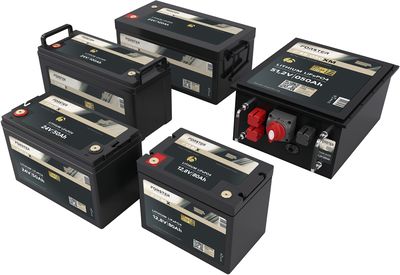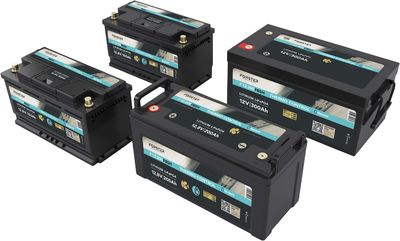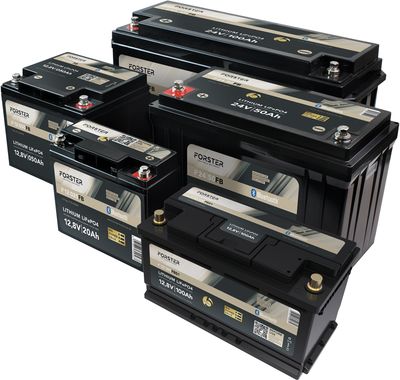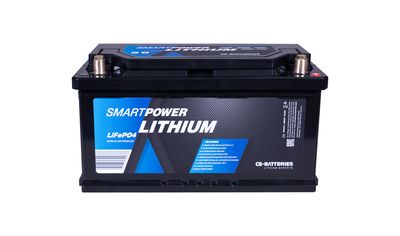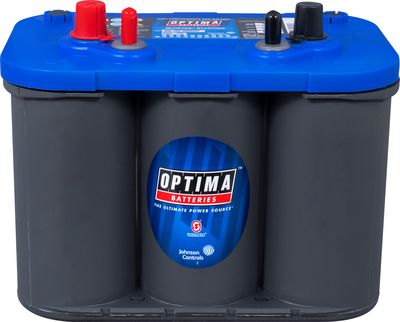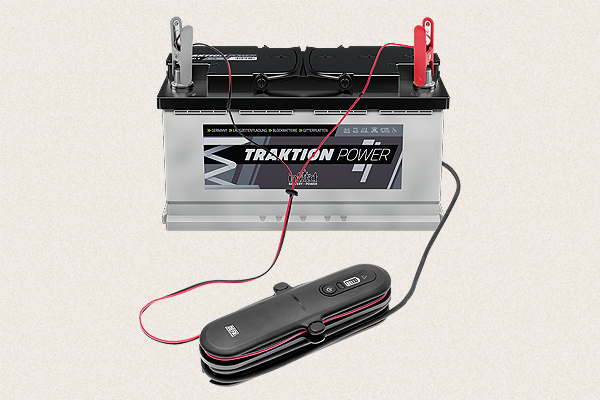Battery care
How to charge correctly?
Starter batteries and motorcycle batteries should actually be fully recharged via the alternator while driving. If more is discharged than the alternator recharges, this leads to creeping discharge and premature aging. To compensate for this negative balance, only charging with the charger helps.
Typical reasons for a negative balance
Short-haul traffic
When driving at low speeds, only in villages and perhaps with traffic lights, you do not reach the necessary speeds for an effective charge. Short trips are the number one cause of battery failure, because the battery then goes into deep discharge.
Long standing times, seasonal vehicles
A battery produces electricity as soon as electrolyte is in it. And it does this even when it is just standing around, until no more chemical reaction is possible. Especially with seasonal vehicles, motorcycles, motor homes, boats, it is not only annoying when you want to use the vehicle, but the battery is empty. In addition, the gradual discharge also damages the performance and service life in the long term.
Installation of further consumers
As a rule, vehicle manufacturers try to design the battery in such a way that it just suffices with the existing equipment. However, additional consumers are the order of the day: cell phone or iPad for music playback or children's entertainment on the headrest, an additionally installed navigation device, a manual seat heater or a seat cushion that I plug in via the cigarette lighter. As soon as you connect additional consumers to the battery, this usually leads to the original battery being overloaded.
Temperatures
Cold and heat play a role in battery performance. You notice it well when the vehicle starts to start sluggishly, to moan, to whine. Then it's time to take care of the recharging.
How to do it exactly? Check out our step-by-step guide.
Tips around charging
- Never charge a damaged battery!
- Also, a battery that has only 10.5 volts or less
- Select a suitable charger
- Sequence when connecting the clamps to the poles is now irrelevant. Modern chargers have reverse polarity protection.
- The battery can remain in the vehicle while charging.
- If you want to remove the battery, for example when winterizing your motorcycle, place it on a flat, clean surface for charging.
- Pay attention to the temperature.
- Charge only in a well-ventilated room.
- Secure the clamps so that they can not slip off.
- Always check how the battery behaves during charging.
- If a battery has a short circuit or was very heavily sulfated, there may be heavy gassing during charging. The escaping gas is highly explosive!
- If the battery does not take a charge when you apply the charger, you must stop.
- With an old charger, you had to set the levels, open the plugs, occasionally check to see how full it was, and then disconnect.
- Modern chargers run automatically. They can also stay on the battery for trickle charging
- When disconnecting:First disconnect the power plug, then the clamps.
- Do not install until the open-circuit voltage is reached again
.
Twice a year to charge the battery with charger is not a mistake. At least before the winter season, when the battery is heavily used, check the voltage. And a battery that is well maintained in the summer is less likely to reach its limits in the winter.
Consumer
Chargers

